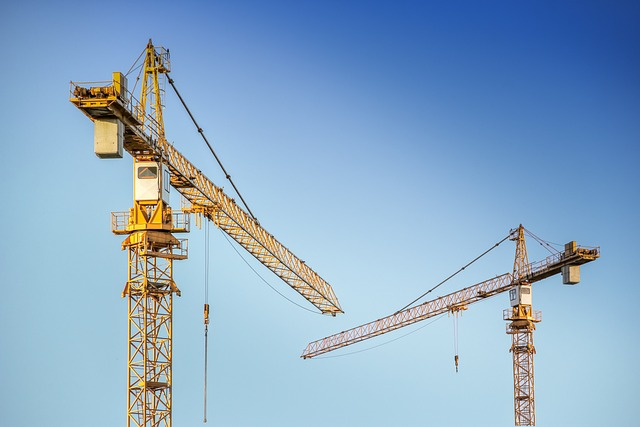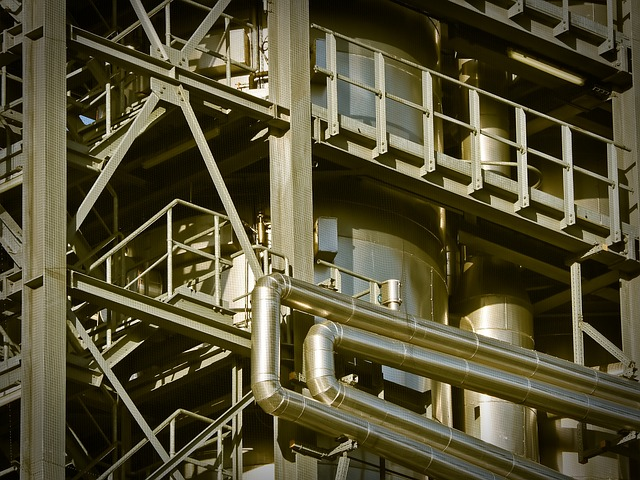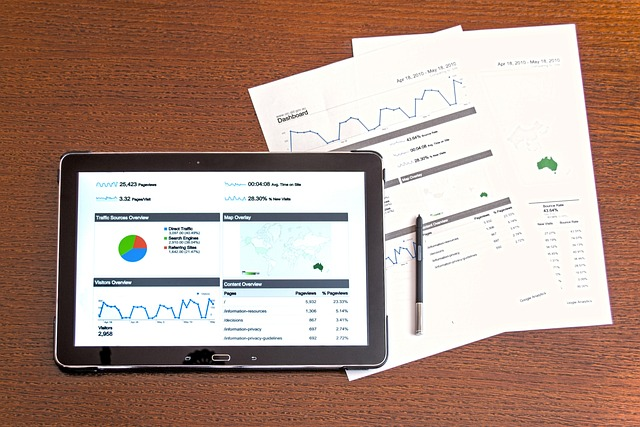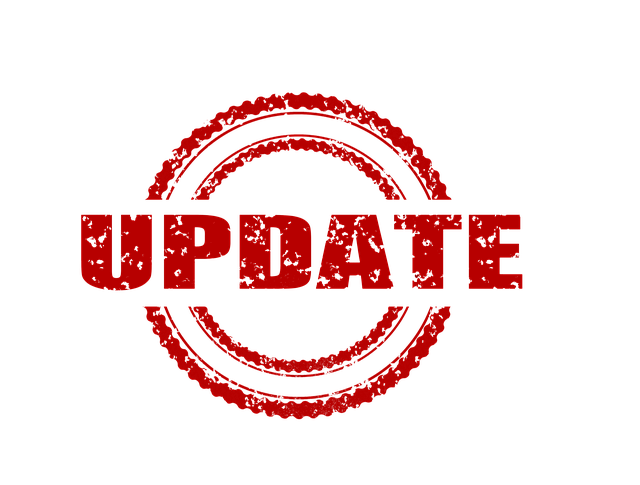Asset inspection plays a crucial role in ensuring the reliability, safety, and efficiency of various operations in industries such as manufacturing, construction, and transportation.
By conducting regular asset inspections, businesses can identify and address any potential issues before they become costly and disruptive problems.
In this article, we will explore the benefits of asset inspection software, learn how to conduct effective inspections, and discuss best practices for maximizing the effectiveness of this essential process.
So if you are an asset manager or other interested stakeholder lets get going.
Asset Inspection and Asset Management
Asset inspections offer numerous benefits for Asset Management.
Firstly, they help in ensuring the safety of personnel and the general public.
By identifying any potential hazards or malfunctioning equipment, asset inspections enable organizations to take proactive measures to prevent accidents and injuries.
Manufacturing

For example, imagine a manufacturing facility that conducts regular asset inspections. During one such inspection, they discover a faulty machine that has the potential to cause serious harm to the operators.
By identifying this issue early on, the company can immediately address the problem, ensuring the safety of their employees and preventing any potential accidents.
Property

Regular property inspections allow businesses to detect and resolve any issues that may be impacting productivity and performance.
Transportation

Consider a transportation company that relies on a fleet of vehicles for its operations. Through regular asset inspections, they can identify any maintenance needs or mechanical problems in their vehicles.
By promptly addressing these issues, they can prevent breakdowns or malfunctions that could disrupt their operations and cause delays. This proactive approach ensures that the company can maintain a high level of efficiency and meet their customers’ expectations.
Furthermore, asset inspections aid in extending the lifespan of equipment, systems and assets.
Identifying, inspecting and repairing small problems early on prevents them from escalating into major failures, which can be costly to repair or replace.
Construction

Take, for instance, a construction company that regularly inspects its heavy machinery. During one inspection, they notice a minor issue with a crane’s hydraulic system. By addressing this problem immediately, they prevent further damage to the crane and avoid the need for a costly replacement.
This proactive, preventive maintenance approach not only saves the company money but also ensures that their equipment remains in optimal condition, maximizing its lifespan.
Indirect Advantages
In addition to the direct cost benefits mentioned above, asset inspections also have indirect advantages. Regular inspections can help businesses comply with industry regulations and standards.
By ensuring that their assets are maintained to meet the required safety and quality standards, organizations can avoid penalties, costs, audits, legal issues, and reputational damage.
Insights
Asset inspections provide valuable data and insights that can inform decision-making processes. By analysing the findings from inspections, businesses can identify trends, patterns, and areas for improvement.
This data-driven approach allows organizations to make informed decisions regarding maintenance schedules, equipment upgrades, resource allocation and future capital expenditure.
How to Conduct an Inspection
When conducting an asset inspection, it is essential to follow a systematic approach to ensure thoroughness and accuracy. Here are some steps to consider:
- Define the scope: Determine the assets to be inspected and create a checklist of items to assess.
- Gather relevant information: Review maintenance logs, manuals, and any other documentation related to the assets being inspected.
- Prepare necessary equipment: Ensure you have the tools, measuring devices, and safety gear required for the inspection.
- Inspect visually: Begin by conducting a visual inspection to identify any visible signs of damage or wear.
- Perform tests and measurements: Utilize appropriate instruments to conduct tests and measurements, verifying the asset’s functionality and performance.
- Document findings: Record any defects, deficiencies, or required maintenance actions discovered during the inspection.
- Prioritize and schedule repairs: Evaluate the severity of the issues found and prioritize the necessary repairs or maintenance tasks.
- Execute corrective actions: Carry out the required repairs or maintenance activities to address the identified issues.
- Review and follow up: Ensure that the necessary improvements have been implemented and conduct a follow-up inspection, if necessary.
By following these steps, organizations can conduct comprehensive asset inspections that provide valuable insights into the physical condition and performance of their assets.
Common Types of Inspection
Asset inspections can vary depending on the specific industry and the types of assets being assessed. Some common types of asset inspection include:

- Machinery and equipment inspections: These inspections focus on ensuring the proper functioning and safety compliance of machinery and equipment.

- Structural inspections: These inspections assess the integrity and stability of buildings, bridges, and other structures.

- Pipeline inspections: These inspections involve examining pipelines and related infrastructure to identify any leaks, damages, or corrosion.

- Vehicle inspections: These inspections evaluate the condition and safety of vehicles, including trucks, buses, and cars.

- Electrical inspections: These inspections aim to identify any electrical faults, potential fire hazards, or compliance issues.
Each type of asset inspection job requires specific expertise, procedures and tools. Working with a team of qualified professionals or relying on internal experts is crucial to ensure accurate assessments and reliable results.
Audit & Accountancy Asset Inspections
Auditors inspect Fixed Asset register items for existence and condition.
Best Practices
To maximize the cost, benefit and effectiveness of asset inspections, businesses should adhere to these best practices:

- Establish an inspection schedule: Regularly scheduled inspections help maintain the consistency and reliability of the inspection process.

- Train inspection personnel: Provide thorough training to individuals responsible for conducting asset inspections to ensure their competency and understanding of inspection protocols.

- Document inspection results: Maintain detailed records of each inspection, including findings, actions taken, and recommendations for future inspections.
- Implement a tracking system: Utilize a digital asset management system or similar tool to track inspection history, maintenance activities, and asset performance over time.

- Stay updated with regulations: Regularly review and comply with industry regulations and standards related to asset inspections.
By following these best practices, organizations can enhance the efficiency, accuracy, and overall impact of their asset inspection risk management processes.
Preparing for Asset Inspection
Prior to conducting an asset inspection, it is essential to adequately prepare to ensure a smooth and efficient process. Here are some steps to consider:
- Review inspection requirements: Familiarize yourself with the specific requirements and objectives of the inspection, ensuring you have all the necessary information and resources.
- Communicate expectations: Inform the relevant stakeholders about the upcoming inspection, including any specific areas or assets that will be assessed.
- Coordinate logistics: Arrange access to the assets, coordinate with relevant personnel, and plan the inspection timeline to minimize disruptions.
- Inspect documentation: Review maintenance logs, previous inspection reports, and any other relevant documentation to gain insights into the asset’s history and potential issues.
By using strategic planning and adequately preparing the team for asset inspections, organizations can ensure a comprehensive and productive inspection management process.
The Need for Regular Asset Inspection
Regular asset inspections are vital for maintaining the reliability and safety of operations. Over time, equipment and other critical assets can experience wear and tear, which can lead to malfunctions, failures, or compromised safety standards.
By conducting regular inspections, organizations can identify and address issues promptly, preventing costly breakdowns, injuries, and compliance violations. Additionally, regular inspections can help optimize asset performance, save time, minimize downtime, and increase the longevity of equipment.
Keeping Accurate Records
Accurate record-keeping is an essential and key component of effective asset inspections. Comprehensive records help track the history of completed inspections, identify recurring issues, and provide evidence of compliance and due diligence.
When keeping records for asset inspections, include the key following information:
- Date and location of the inspection
- Inspector’s name and credentials
- Assets inspected and their identifiers
- Inspection findings, including any defects or deficiencies
- Actions taken to address the identified issues
- Maintenance activities performed
- Further recommendations for future inspections
Maintaining accurate records ensures transparency, facilitates future inspections, and demonstrates compliance with regulatory requirements.
Dealing with Deficiencies Discovered in Asset Inspection
During asset inspections, it is not uncommon for asset managers and site managers to discover deficiencies or areas that require attention.
Promptly addressing these issues is essential to maintain the safety, efficiency, and performance of assets.

When deficiencies are identified, it is crucial to:
- Evaluate the severity: Assess the impact of the deficiency on safety, operations, and compliance.
- Prioritize corrective actions: Determine the urgency and necessary resources to address the deficiency effectively.
- Assign responsibilities: Clearly assign responsibilities to relevant personnel for addressing and resolving the identified deficiency.
- Implement corrective actions: Follow through with the necessary repairs, maintenance, or improvements to rectify the deficiency.
- Monitor and follow up: Regularly review the effectiveness of the corrective actions and conduct subsequent inspections as needed.
By promptly dealing with deficiencies and risks discovered during asset inspections, businesses can mitigate risks, improve asset performance, save time and enhance overall operational efficiency.
Leveraging Technology In The Asset Inspection Process

Advancements in technology have revolutionized asset inspection and risk management processes. Organizations can leverage various technological tools and software solutions to enhance the effectiveness, efficiency, and accuracy of inspections.
Mobile Apps

One such technology is the use of mobile inspection applications. These applications allow inspectors to capture data, take notes, and report and document findings directly on mobile devices.
This digital solution eliminates the inspector’ need for manual paperwork, improves data accuracy, and expedites the reporting process.
Internet of Things
Additionally, the Internet of Things (IoT) enables real-time monitoring and data collection from assets, providing an organization with valuable insights into their performance and potential issues. Using IoT sensors and connectivity, organizations can proactively identify anomalies, predict failures, and optimize their maintenance processes.
Furthermore, integrating asset inspection data and inspection software together with enterprise asset management systems facilitates seamless communication, streamlines workflows, analytics and improves data visibility and accessibility.
Conclusion
In conclusion, asset inspections offer a wide range of benefits to businesses. From ensuring safety and maintaining operational efficiency to extending the lifespan of assets and complying with regulations, regular inspections are a crucial aspect of asset management.
Preparing adequately, conducting regular inspections, and utilizing technology further enhance the effectiveness and efficiency of asset inspections. By prioritizing asset inspection, businesses can proactively address issues, minimize risks, and optimize their overall operational performance.
Therefore, implementing a proactive approach to asset inspections should be a priority for businesses.
Additional Reading
More Helpful Content
Visit our Homepage

